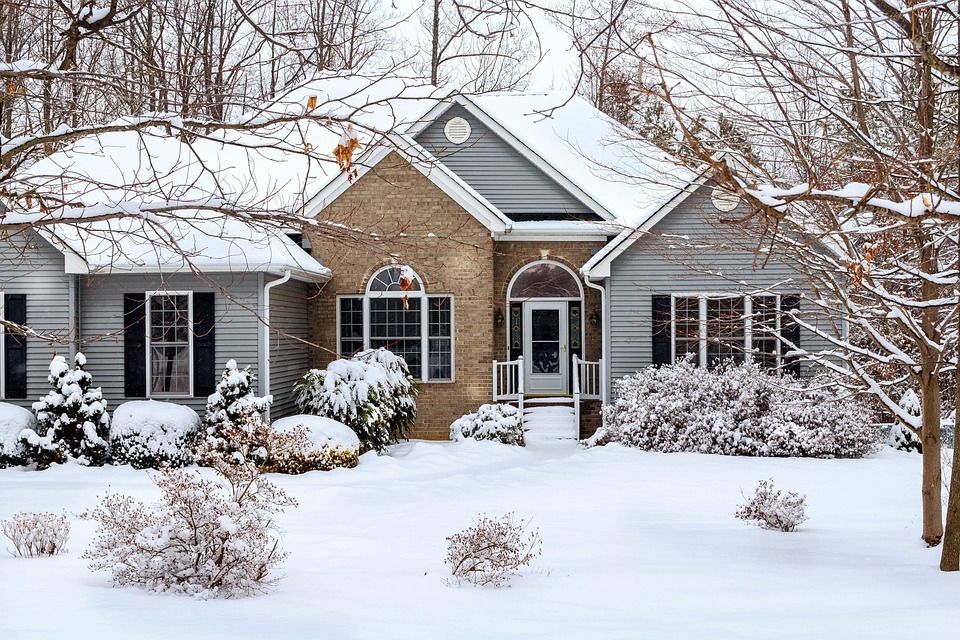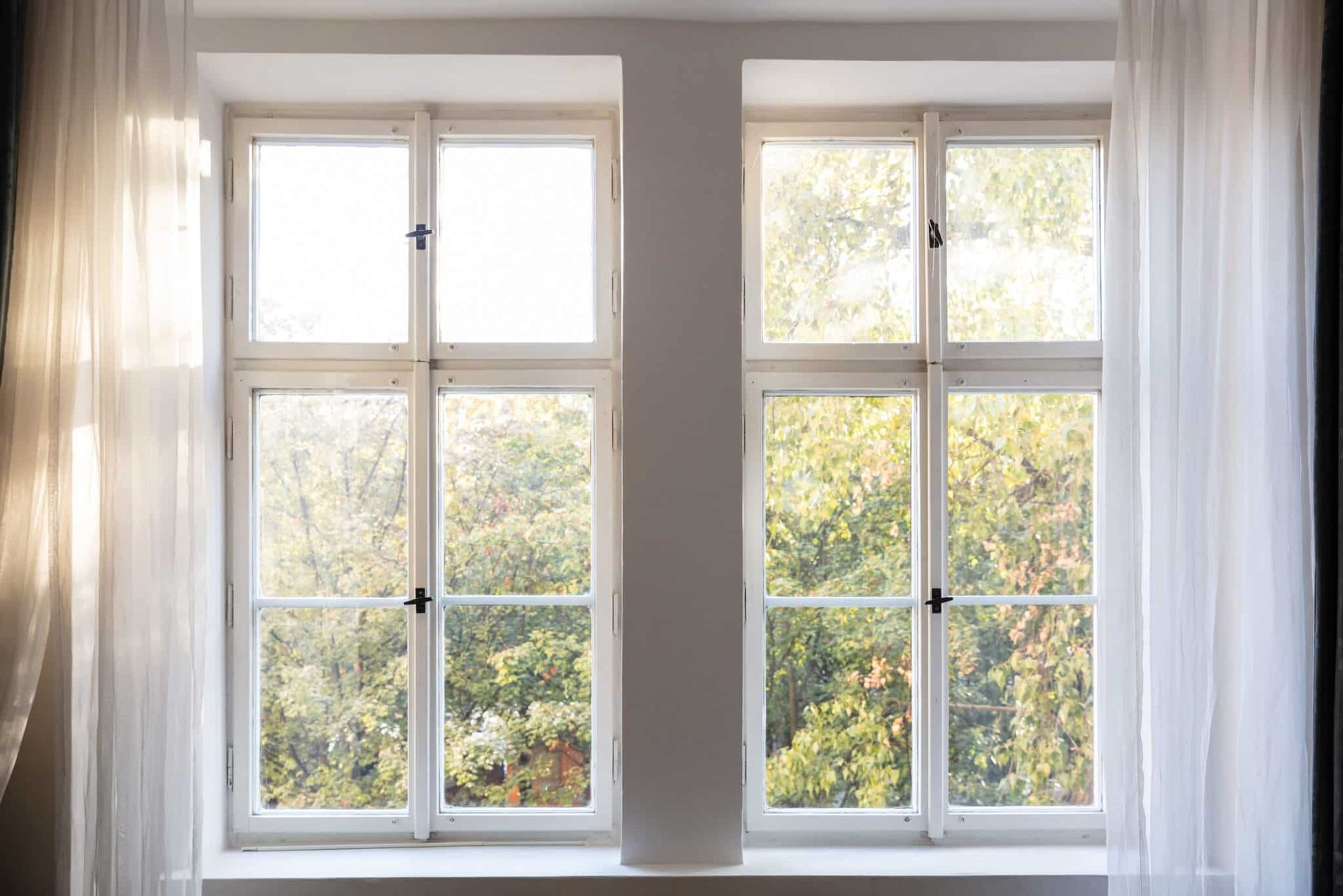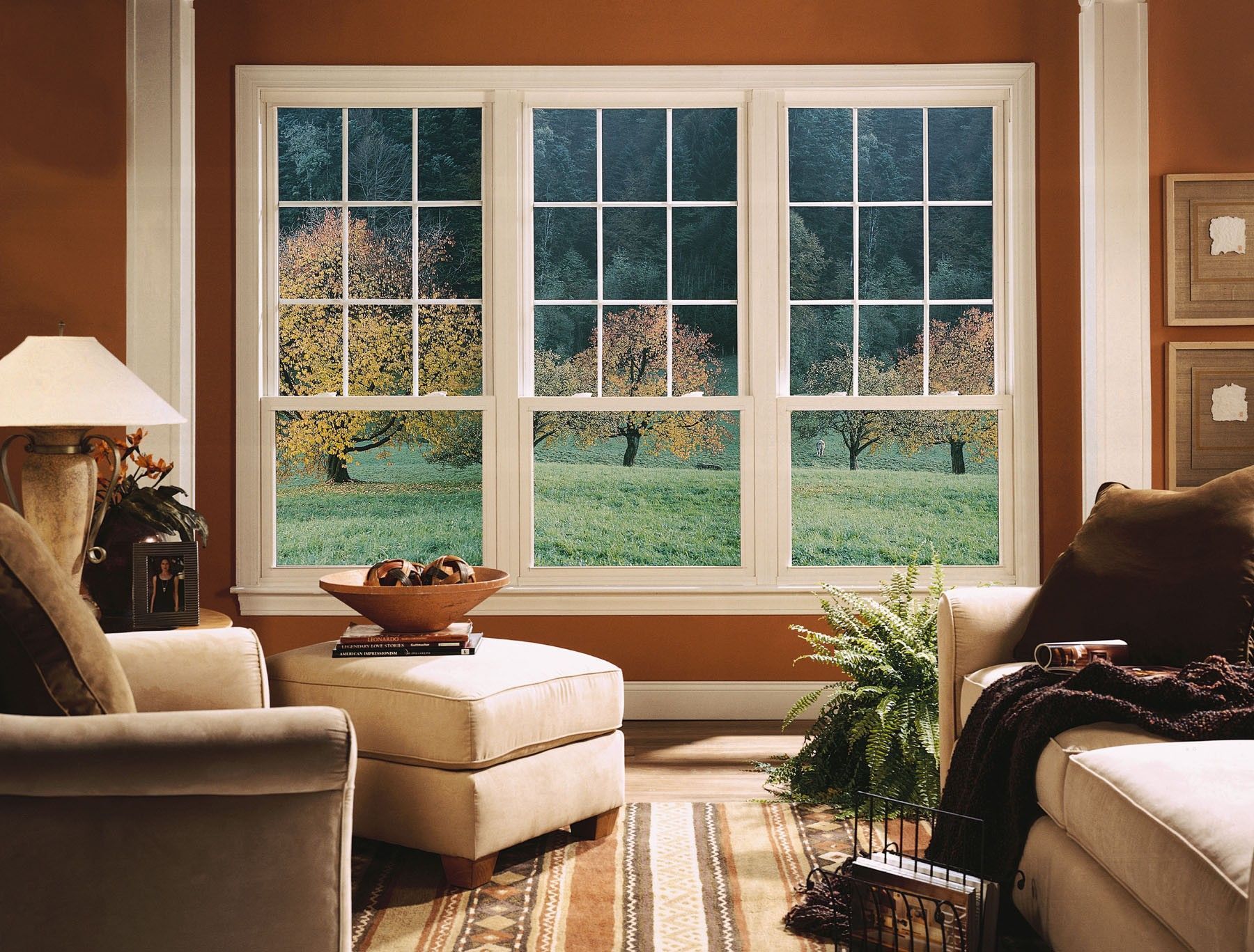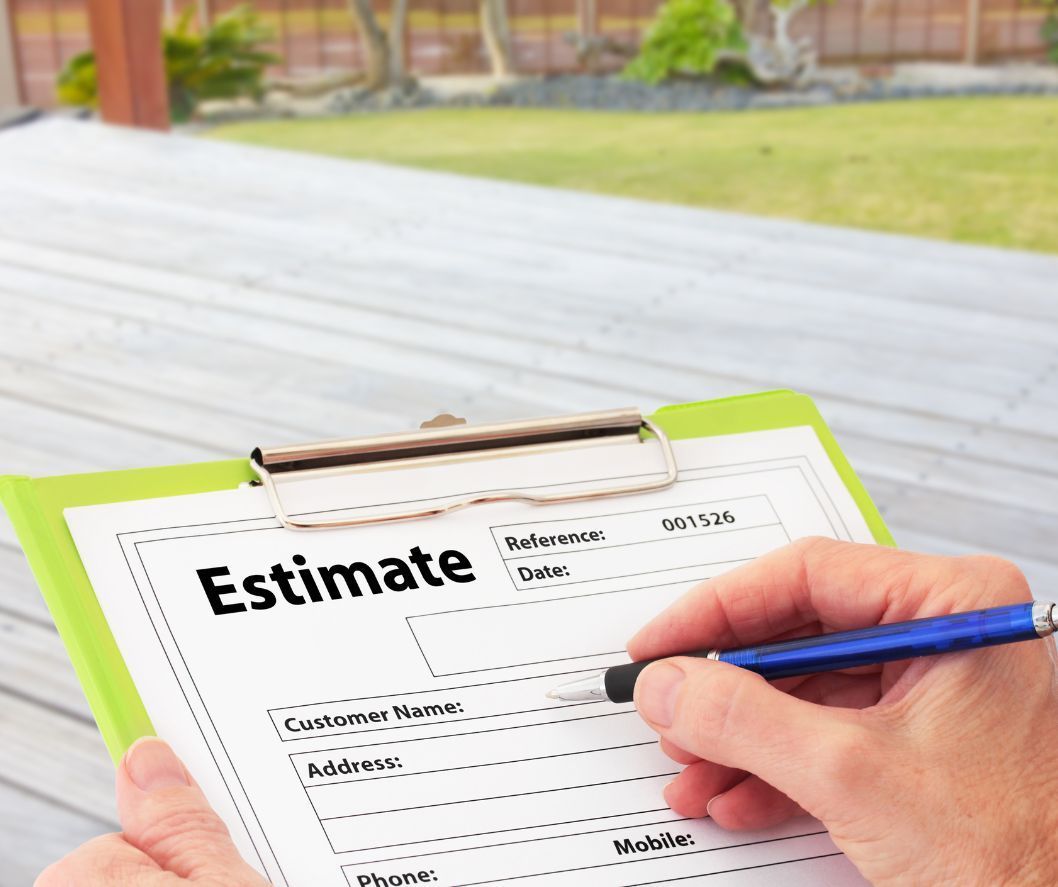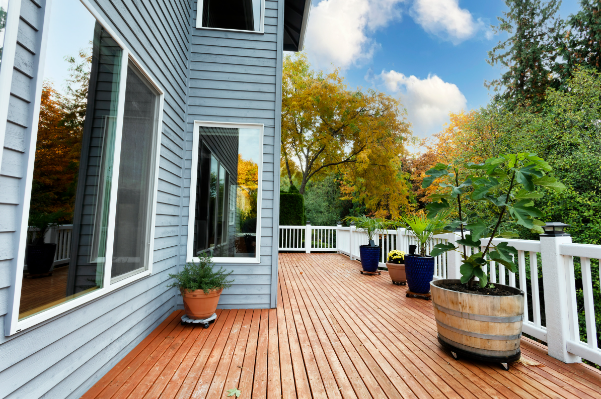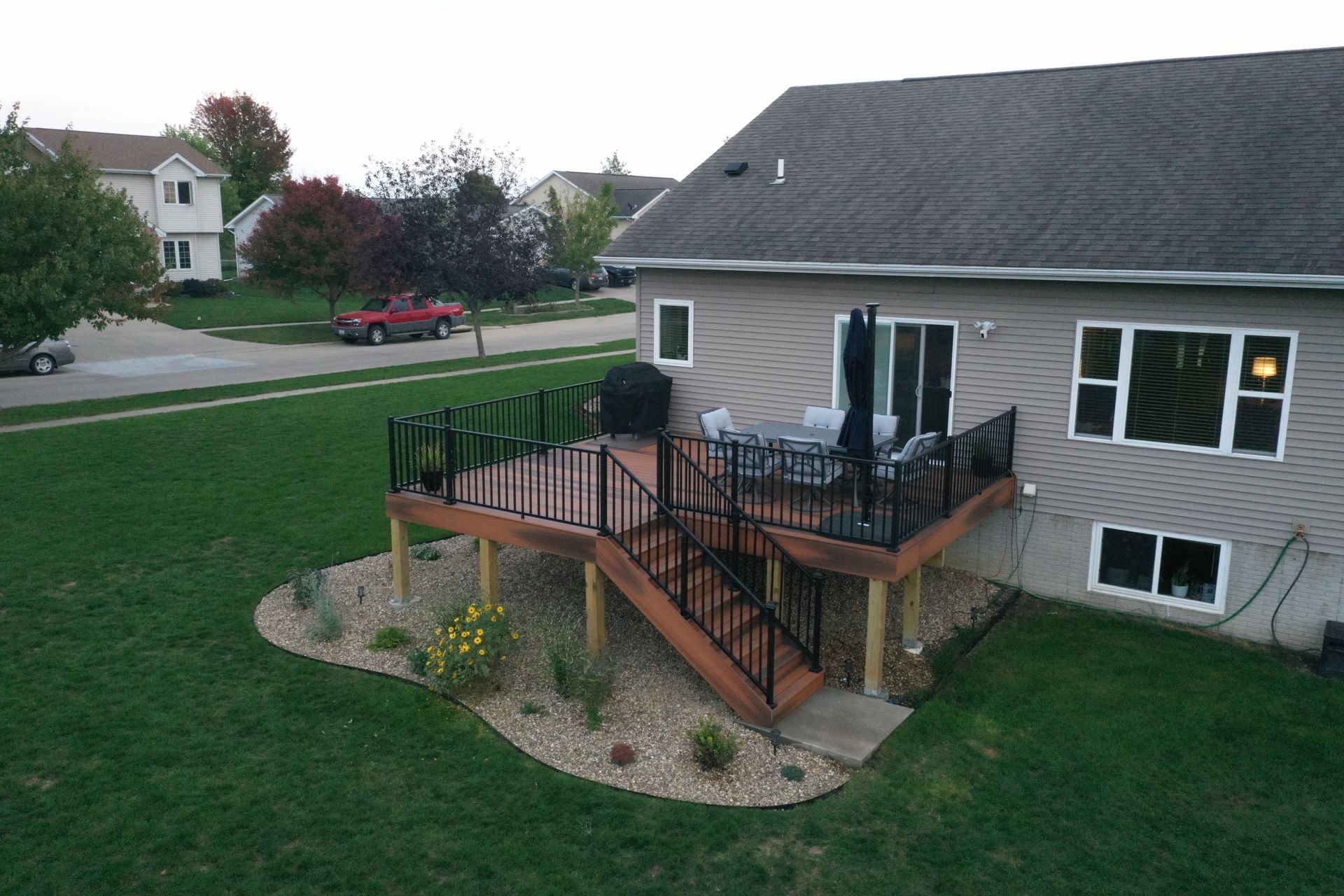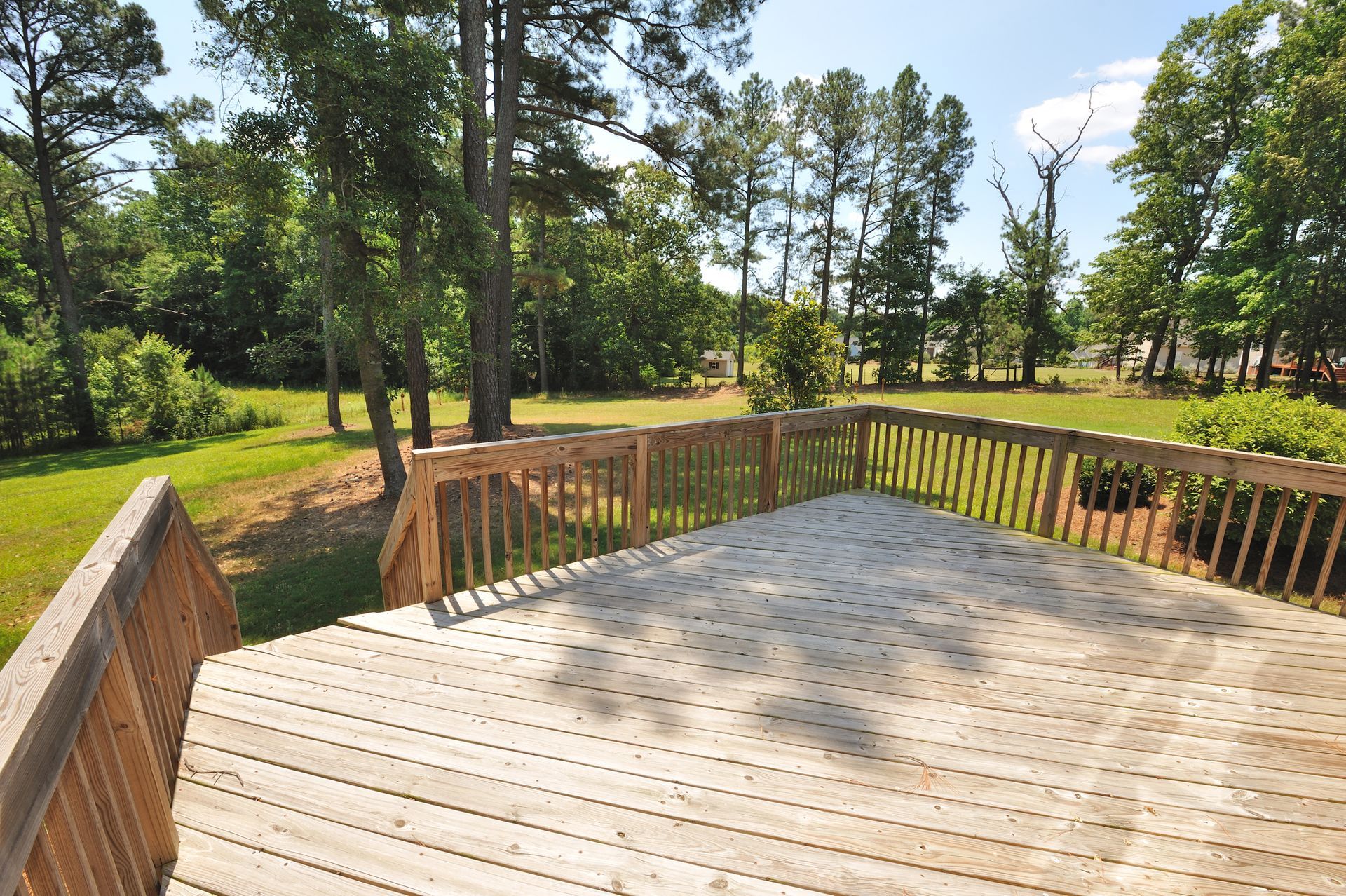Winterizing Your Home on a Budget: DIY Tips and Tricks
As winter approaches, the cold should remind us to prepare our homes for the challenging weather ahead . With the average temperature in January of 14 degrees Fahrenheit and the potential for negative windchills and heavy snowstorms, the winter weather can take a toll on our homes. In order to prevent stress and costly damages associated with cold weather, it’s essential to assess your home and address potential issues before they escalate.
Winterizing your home extends beyond braving the cold; it’s a strategic approach to safeguarding your dwelling. Taking steps to winterize can lead to substantial energy savings, reduce your utility bills, and extend the overall lifespan of your house.
In this blog post, we’ll explore six budget-friendly DIY tips to winterize your home effectively and keep more money in your pockets during the winter months.
- Assessing Your Home
In Iowa, common issues include cold spots, drafts, and aging heating systems, all of which contribute to increased utility bills. A good practice is to regularly check your insulation. Ensuring it's level in the attic, covering floor joists. The
Energystar website is an excellent resource to check attic insulation levels.
2. Home Energy Audit
By conducting a home energy audit, you can identify areas for improvement, making a significant impact on efficiency. Follow this
step-by-step guide to a home energy audit.
- Pull your historic and current energy usage
- Use a calculator, checklist, and basic tools for a budget-friendly assessment
Knowing where your home energy is primarily being used enables you to make decisions moving forward.
3. Weatherproofing
Weatherproofing is essential for keeping the cold out and the warmth in. Identify drafts and air leaks, and then employ the following strategies:
- Sealing Drafts and Air Leaks : Utilize weatherstripping kits from a local hardware store and apply caulk to smaller gaps.
- DIY Door Draft Stoppers: Create stoppers using pool noodles and fabric, hanging them with ribbons for easy door movement.
- Window Plastic Film: Apply budget-friendly plastic film for added insulation, reducing moisture buildup due to condensation.
- Thermal curtains: Increase comfort by eliminating drafts and reducing heat loss by up to 65 percent.
4. Heating System Optimization
A well-maintained heating system is crucial for a cozy winter.
- Routine Furnace Maintenance: Prevent breakdowns and save money
- Air Filter Replacement or Cleaning: Enhance air quality and furnace efficiency.
- Programmable Thermostats: Control energy usage during specific periods with easy installation options.
- Ceiling Fan Utilization: Change the fan’s direction to clockwise for winter to distribute heat effectively. No ceiling fan—consider investing in one.
5. Efficient Lighting
Upgrade your lighting for energy savings by switching your incandescent bulbs to LED bulbs. LED bulbs use up to 90% less energy and last up to 25 years longer compared to incandescent bulbs. What’s more, their versatility allows them to fit into almost all fixtures.
6. Local Resources and Rebates
Explore local resources and rebates for additional savings:
- Rebates from Energy Providers: Alliant Energy and MidAmerican offer rebates for Iowa customers, sometimes even for having a simple HVAC system tune-up done. Call or check out their websites for more information.
Winterizing your home doesn’t have to break the bank. With a few simple tweaks and budget-friendly DIY strategies, you can create a more efficient and functional home for the winter months. Whether it’s sealing drafts, optimizing your heating system, or upgrading to LED lighting, these steps can significantly impact your comfort and savings throughout the winter season. Take action now to prepare your home for the challenges that winter may bring.
As always, if a winter project is more than something you can DIY, feel free to schedule a
FREE consultation by clicking the schedule button in the lower right corner. For the majority of the projects, we can give you a quote based on the information we receive on a simple phone call and a few pictures.
